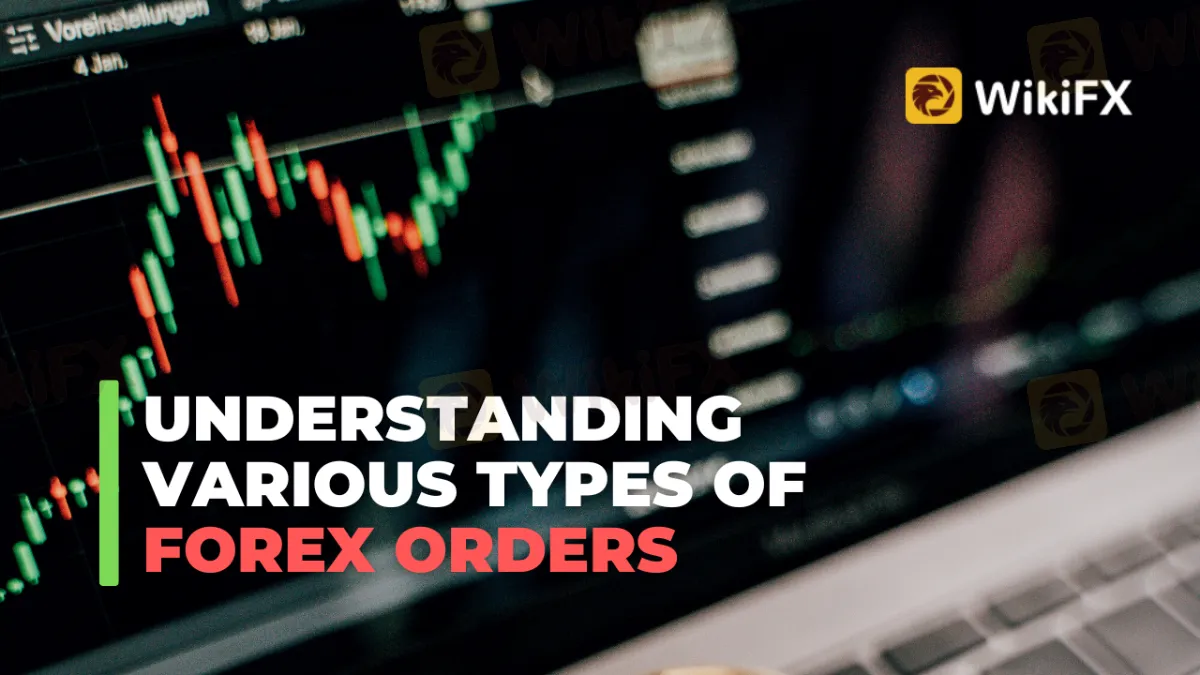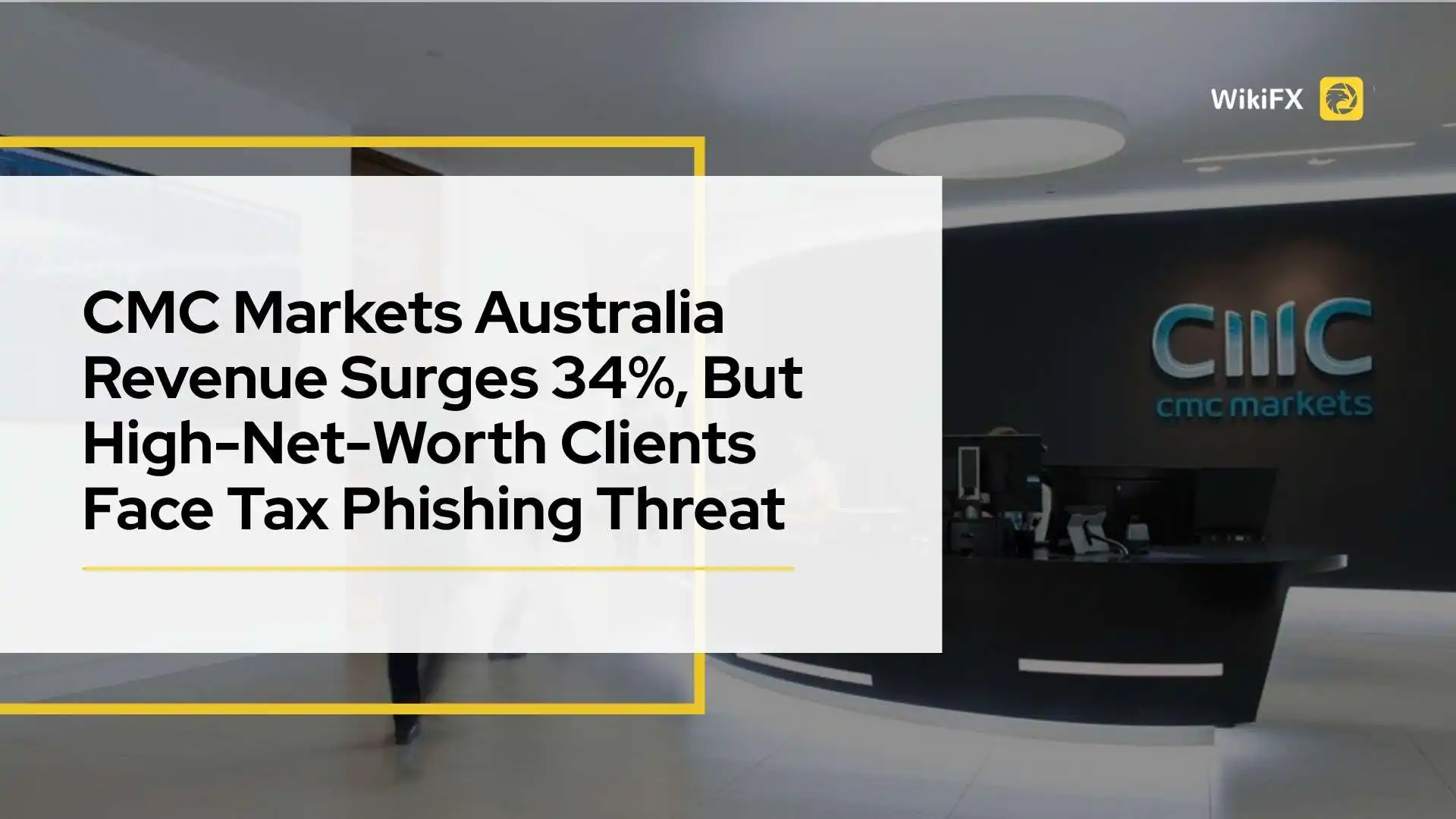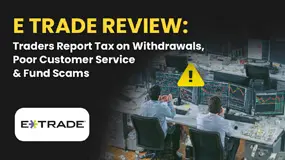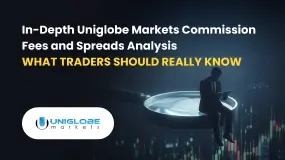简体中文
繁體中文
English
Pусский
日本語
ภาษาไทย
Tiếng Việt
Bahasa Indonesia
Español
हिन्दी
Filippiiniläinen
Français
Deutsch
Português
Türkçe
한국어
العربية
Understanding Various Types Of Forex Orders
Abstract:The word forex order simply refers to how you want to join or exit a deal. There are different kinds of Forex orders that traders can use to manage their trades. Different forex brokers offer a variety of order types that let investors set different limits and conditions for their trades. This lets them enter and leave the market in the right way.

In this post, we will go through the various kinds of forex orders and explain how each one works in reality.
What Is Forex Order
An order is essentially a trader's method of entering or exiting the forex market. Although there are many other forms of forex orders, the most frequent are market orders, pending orders, take-profit orders, stop loss orders, and trailing stop orders.

Market Order
The most popular and basic sort of FX transaction is a market order. When an investor places a market order, he or she instructs his or her broker to buy or sell currency pairs at the best available price at the time.
Scalpers and day traders often depend on market orders to swiftly enter and leave the market in line with their strategy.
Pending Order
A pending order is a trader's instruction to a brokerage firm to purchase or sell securities at a certain time in the future. A pending order puts you in a trade when the circumstances are ideal for your approach and helps you avoid missing a trade even if you leave your computer. You may use four different kinds of pending orders:
1. Buy Limit
The Purchase Limit order enables you to place a buy order that is lower than the current market price. This signifies that the current price level is more than the order value. This order is often made with the expectation that the price will rise after falling to a specified level.
2. Sell Limit
This is obviously the inverse of a buy limit order since you are specifying a certain price at which you want to sell this currency pair. The order permits you to sell at the Bid price, which must be equal to or more than the order price. The current pricing level is lower than the order value. This order is often made with the expectation that the price would decline after reaching a specified level.

As seen in the chart above, buy limit orders are always put below the current price, and as soon as the market reaches the order's price level, a BUY order is opened at the stated price.
If you anticipate a downturn, you may create a sell limit order that will be executed at the chosen price level above the current price. Unless and until the orders are completed, they have no influence on your account margin.
3. Buy Stop
The buy-stop order enables you to purchase at the Ask price that is equal to or more than the order price. When a market reaches the price level of a buy-stop pending order, the purchase order is opened at that price.
This order is often made with the expectation that the price will continue to rise after reaching a specific level.
4. Sell Stop
Sell-stop pending orders instruct the investor to sell at the Bid price, which must be equal to or lower than the order price. The current pricing level is greater than the order value. This order is often issued with the expectation that the price will continue to decline after reaching a specific level.

As seen in the chart above, buy-stop pending orders are always placed above the current price. When a market reaches the price level of a buy-stop pending order, the purchase order is opened at that price. Pending sell-stop orders are always placed below the current price.
Take Profit Order
With take-profit orders, your position is automatically closed off whenever you have achieved a defined amount of profits based on the profit-target order's stated price level. Because the price might abruptly reverse, you must establish a take profit value to automatically take the profit before it goes in the other way.
For example, if you're going long on EUR/USD at 1.1200 and want to exit the position as soon as the exchange rate reaches 1.1230 to assure a profit, you might adjust your 'take profit rate' appropriately to avoid missing out.

Take-Profit orders for BUY trades are always put above the entry / current price, whilst Take-Profit orders for SELL trades are always placed below the entry / current price, as seen in the chart above.
Stop Loss Order
Stop Loss Order If the security price exceeds this level, the whole position will be instantly closed.
A stop-loss order not only protects your trade from a massive financial loss but also eliminates the emotional aspect that might entice you to overtrade and incur even bigger losses.

Stop-Loss orders for SELL trades are always set above the entry / current price, whilst Stop-Loss orders for BUY trades are always placed below the entry / current price, as seen in the chart above.
Trailing Stop Order
The trailing stop order, also known as the profit-protecting stop order, is an order you make to your forex broker to purchase or sell if the currency goes against you. It is similar to a stop-loss order, but the primary distinction is that the trailing stop moves with the price, enabling you to safeguard winnings while also minimizing capital loss if the transaction does not work out.
Conclusion
The kind of forex orders you employ will be determined by the present market position and how you predict the market to go. Understanding the many forms of forex orders and their applications is a fundamental skill.
The forex market may turn against you at any time, no matter how much you prepare, how amazing and comprehensive your trading plan is, or how clever your approach is. The easiest approach to comprehend the various forms of forex orders is to utilize them in real-world trading situations using forex brokers.
Stay tuned for more Forex Educational news.
Download the WikiFX App from the App Store or Google Play Store to stay updated on the latest news.

Disclaimer:
The views in this article only represent the author's personal views, and do not constitute investment advice on this platform. This platform does not guarantee the accuracy, completeness and timeliness of the information in the article, and will not be liable for any loss caused by the use of or reliance on the information in the article.
Read more

CMC Markets Australia Revenue Surges 34%, But High-Net-Worth Clients Face Tax Phishing Threat
CMC Markets Australia reports a 34% revenue surge. Simultaneously, the company's high-net-worth clients are facing a serious tax-related phishing threat.

E TRADE Review: Traders Report Tax on Withdrawals, Poor Customer Service & Fund Scams
Has your E Trade forex trading account been charged a withholding tax fee? Did your account get blocked because of multiple deposits? Did you have to constantly call the officials to unblock your account? Failed to open a premium savings account despite submitting multiple documents? Is fund transfer too much of a hassle at E Trade? Did you find the E Trade customer support service not helpful? In this E Trade review article, we have shared certain complaints. Take a look!

mBank Exposed: Top Reasons Why Customers are Giving Thumbs Down to This Bank
Do you find mBank services too slow or unresponsive? Do you find your account getting blocked? Failing to access your account online due to several systemic glitches? Can’t perform the transactions on the mBank app? Do you also witness inappropriate stop-level trade execution by the financial services provider? You are not alone! Frustrated by these unfortunate circumstances, many of its clients have shared negative mBank reviews online. In this article, we have shared some of the reviews. Read on!

In-Depth Uniglobe Markets Commission Fees and Spreads Analysis – What Traders Should Really Know
For experienced traders, the cost of execution is a critical factor in broker selection. Low spreads, fair commissions, and transparent pricing can be the difference between a profitable and a losing strategy over the long term. This has led many to scrutinize the offerings of brokers like Uniglobe Markets, which presents a tiered account structure promising competitive conditions. However, a professional evaluation demands more than a surface-level look at marketing claims. It requires a deep, data-driven analysis of the real trading costs, set against the backdrop of the broker's operational integrity and safety. This comprehensive Uniglobe Markets commission fees and spreads analysis will deconstruct the broker's pricing model, examining its account types, typical spreads, commission policies, and potential ancillary costs. Using data primarily sourced from the global broker inquiry platform WikiFX, we will provide a clear-eyed view of the Uniglobe Markets spreads commissions prici
WikiFX Broker
Latest News
In-Depth Uniglobe Markets Commission Fees and Spreads Analysis – What Traders Should Really Know
WikiFX's New Evaluation of ATM Capital LTD: Does its License Protect the Arab Investor?
Is Axi Legit? A Data-Driven Analysis of Its Regulatory Standing and Trader Feedback
How a Fake Moomoo Ad Led to the “New Dream Voyage 5” Scam
FXPesa Review: Are Traders Facing High Slippage, Fund Losses & Withdrawal Denials?
Trive Investigation: High Score, Hidden Risk - The Profit Paradox
CMC Markets Australia Revenue Surges 34%, But High-Net-Worth Clients Face Tax Phishing Threat
Young Singaporean Trader Grew USD 52 into a USD 107,700 Portfolio
Is GGCC Legit? A Data-Driven Analysis for Experienced Traders
E TRADE Review: Traders Report Tax on Withdrawals, Poor Customer Service & Fund Scams
Currency Calculator



